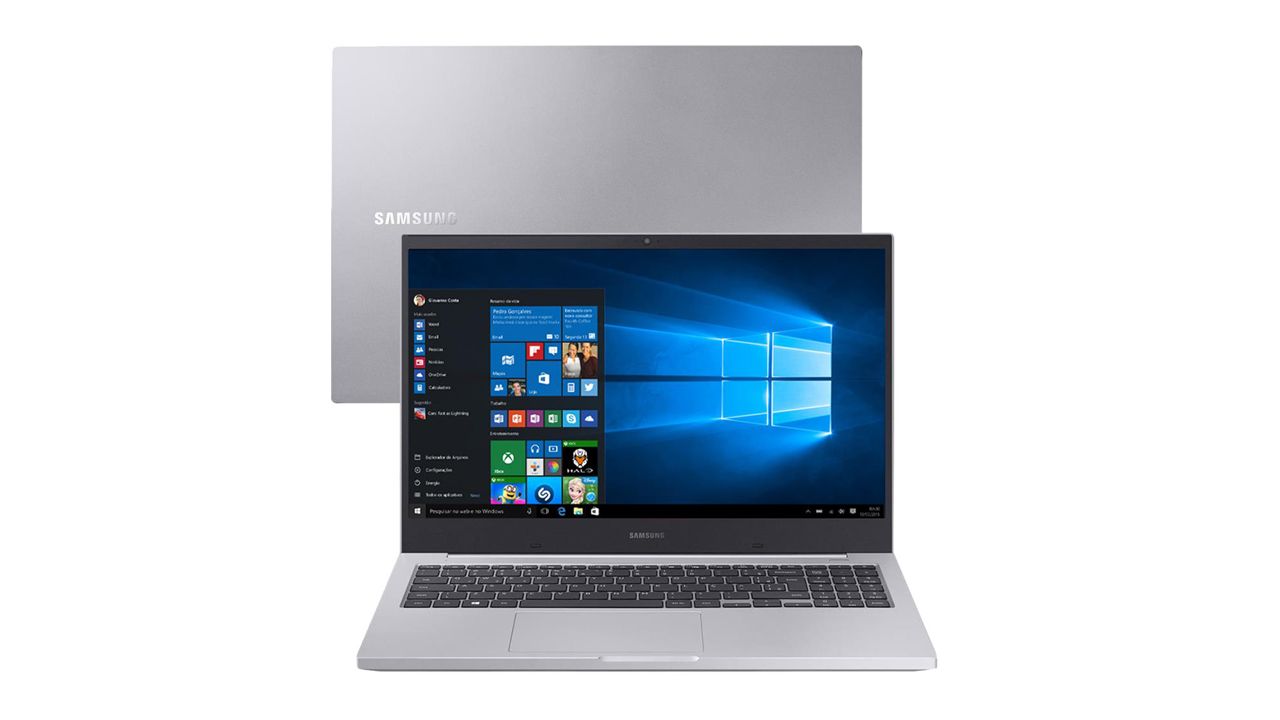A book review is a critical assessment of a book. It describes and evaluates the quality and significance of a book and does not merely summarise the content.
Identify:
- Author’s content and purpose
- Structure
- Audience
Evaluate:
- Accuracy
- Up-to-datedness of the information
- The sources used to justify the author’s stance
Respond:
- What issues does it raise?
- What issues are omitted?
- The effect of the book
- Your recommendation
Book reviews are frequently written by publishers, editors and newspaper/journal reviewers as part of the publicity process for a book shortly after publication or republication.
They are also written by experts, academics, journalists, organisations with vested interests and students to develop an understanding of the place of a particular book within a broader context of its subject area and its genre.
This comparative component to a book review requires knowledge of both these areas. As a student you will be expected to demonstrate that you have examined the book from several angles. The points you raise (both positive and negative) need to be supported with evidence just as for other forms of academic writing.
Writing a book review
Before reading
Write some questions based on the list above:
- Why has the book been written?
- When was it written?
- What is the scope of the book?
- Who is the intended audience?
- How accurate is the author’s content?
- How (well) is evidence used?
- Are there any omissions?
Find out about the author:
- Qualifications
- Background
- Affiliations
- Other works (if any)
Locate some other sources on the same content/issue and/or the same genre to provide you with background and other views.
During reading
Pay attention to introduction and preface as this is where authors often present the reasons for their book, their perspective and those of any other contributors.
Look at table of contents and book structure. This gives you a quick overview of the contents; looking at any pictures/diagrams, tables/graphs, in the chapters shows you some of the strategies the author has used to get the meaning across. These contents may give a clearer indication of the intended audience as well. For example, the information in tables may be very technical, indicating interpretation will be easier for those with some prior knowledge.
Do not skip abstracts and summaries. These are a quick way to get an overview of the book (from the author’s point of view).
Take notes and highlight major points, the sources used, and the logic of the argument presented.
Note whether the information is new. Is the author refuting earlier works, building on another author’s ideas or rehashing an earlier piece of work?
How easy is it to understand the author’s point of view? If it is difficult, what is the reason?
After reading
Use your notes to evaluate the book. You need to use your other sources too. Decide what recommendation you would make to readers about the different aspects. Include its readability.
Structuring the book review
Most book reviews are between 100-500 words, though an academic review may go up to 1500. Check with the lecturer if you are not sure how long your book review should be.
At the start, put the complete bibliographic information:
A published review will usually include price and ISBN number and your lecturer may require you to do this too.
Your introduction will usually include:
- your overall impression of the book
- a statement about the author
- a statement on the purpose of the book
- a statement of the significance of the work
- a comment about the relationship between this work and others by the same author, the same subject and the same genre
The body of your review develops the points you want to make:
- greater detail on the author’s thesis and a summary of the main points
- evaluation of strengths, weaknesses, contribution or bias
- the evidence that is the basis of your critique
The conclusion (last paragraph) includes:
- your final assessment
- restatement of overall impression
- (re)statement of your recommendation
No new information should be included in the conclusion.
Reference list: this is put at the end as usual, using the referencing style requested by the lecturer.
Sample book review
See the Sample book review.
Page authorised by Director, CTL Last updated on 6 March, 2020


![7 books left out of the bible Why Did Martin Luther Remove 7 Books From The Bible? Best [2021] - PBC 7 books left out of the bible](https://sachvui.co/wp-content/uploads/7-books-left-out-of-the-bible.jpg)
